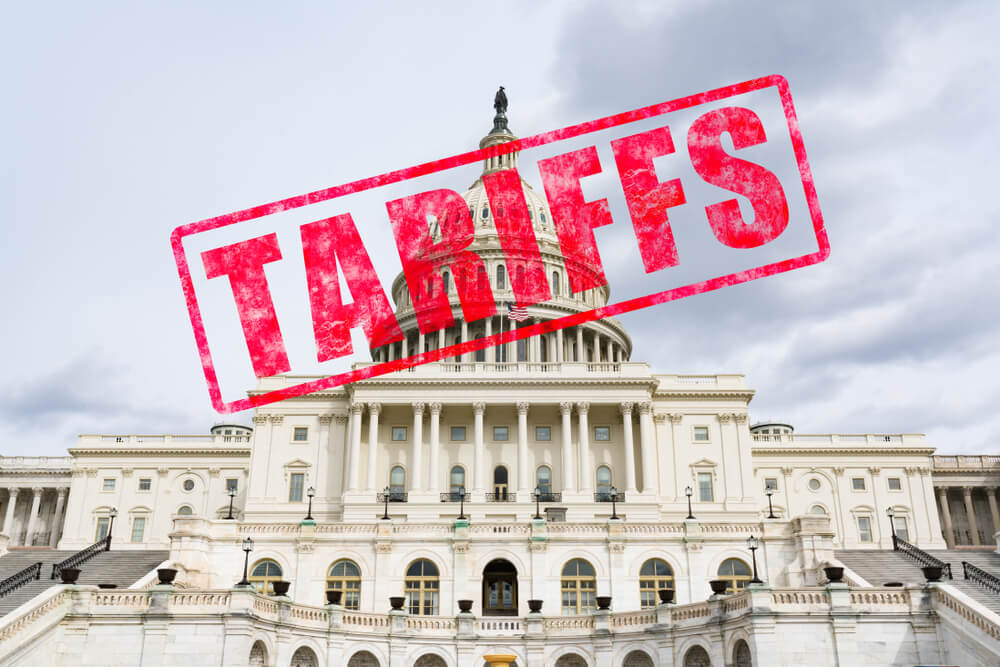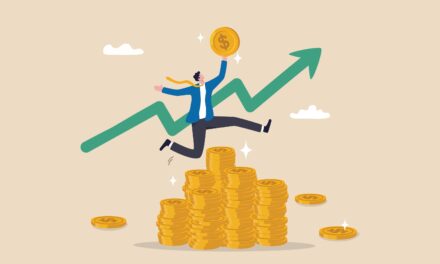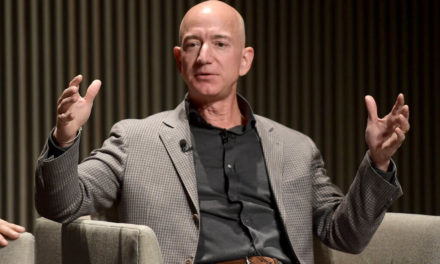The trade war between the U.S. and China has been going on for about 15 months now, with each side lobbing tariffs at the other’s imports.
U.S. officials, including trade representative Peter Navarro and President Donald Trump himself, have insisted countless times that China would pay the costs of the tariffs by cutting their prices to absorb the impact the duties, which essentially are taxes, when the products got to the U.S.
A claim by Navarro from August that the tariffs are “not hurting anybody” in the U.S. drew a “pants on fire” rating from Politifact fact checkers for being demonstrably false.

Trump himself also said in August that U.S. farmers were receiving the $16 billion bailout “out of the tariffs that we’ve gotten from China,” which Politifact rated as “false.” So not quite as bad as “pants on fire,” but still.
Trump again repeated the “false” claim in November after another round of bailouts to U.S. farmers.
Our great Farmers will recieve another major round of “cash,” compliments of China Tariffs, prior to Thanksgiving. The smaller farms and farmers will be big beneficiaries. In the meantime, and as you may have noticed, China is starting to buy big again. Japan deal DONE. Enjoy!
— Donald J. Trump (@realDonaldTrump) November 17, 2019
But according to a new report from the New York Federal Reserve, the prices being charged by Chinese firms haven’t budged, meaning U.S. companies and consumers are paying the extra costs, which it estimated to be around $40 billion a year.
Import data from June 2018 to September 2019 show Chinese import prices have fallen just 2%, which are in line with price decreases seen in many other nations due to an overall global economic slowdown, much of which has to do with the trade war.
In order for China to absorb the brunt of these costs, as those in the Trump administration claim, it would have to reduce prices by as much as 20%, a level that would allow the U.S. retailers, manufacturers and wholesalers to keep their prices low and profits stable.
“The continued stability of import prices for goods from China means U.S. firms and consumers have to pay the tariff,” the Fed researches reported, though, they did not say how the costs were split — meaning how much were paid by companies or by consumers.
The report also did note that China is feeling some effects from the tariffs as its share of U.S. imports of machinery and electrical equipment have fallen about 2% since 2017, and it’s share of U.S. electronic imports has fallen by 6%, according to Reuters.
That market share “has gone largely to Europe and Japan for machinery and to Malaysia, South Korea, Taiwan, and Vietnam for electronics and electrical equipment,” the study says.
The report also notes that dollar prices of Chinese goods haven’t fallen, which means the 10% drop in the value on Chinese currency since the first tariffs were introduced hasn’t been used by exporters for a competitive advantage, as some U.S. officials, including Trump, allege. But rather the currency drop serves “to pad profits on each unit of sales” for Chinese exporters.
Editor’s note: The author of this piece recently got estimates for new kitchen cabinets, which a Florida company said were 25% higher than normal because of the tariffs, which was a hefty $2,000 price increase from what they normally cost. Have you seen any price increases due to the tariffs? Did you pass on buying the item (as the author passed on the new cabinets for now)? Share your experiences below.




